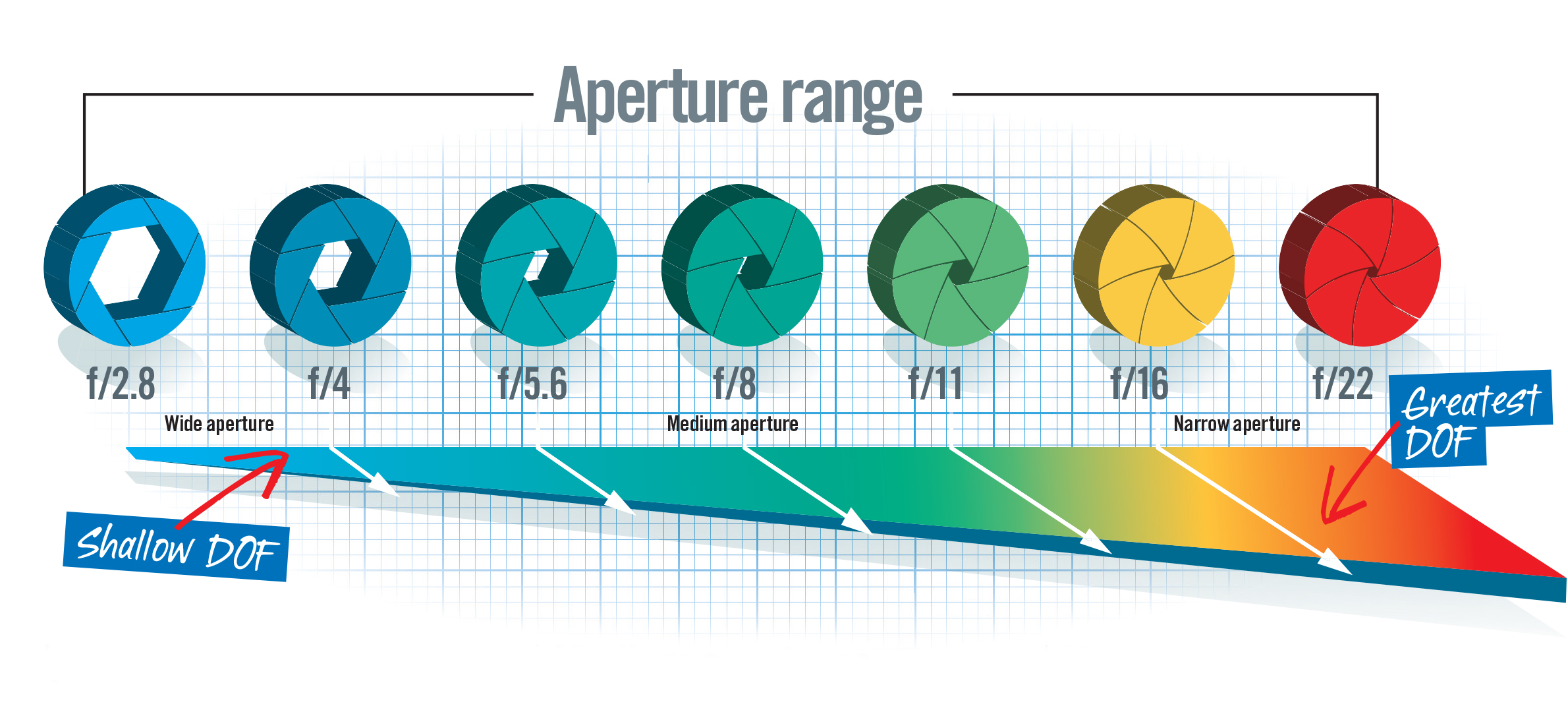What is aperture on a camera?
For our first installment of 'What is Wednesday', we answer the question: What is aperture, both technically and creatively?
Watch the video: What is aperture?
Whether you’re completely new to photography or you’re just starting to explore the world of manual control, perhaps the single most important thing you need to understand is aperture.
• See the Digital Camera World A-Z Dictionary of photography jargon
The word “aperture” comes from the latin term “apertura”, which means an opening. In photographic terms it means the same thing: the aperture is the opening in the lens through which light passes.
Inside a camera lens are aperture blades, which comprise the lens diaphragm. When you turn the aperture ring on a lens (if it has one) or adjust the aperture dial on a camera, these blades iris open or closed.
This enables you to control the size of the aperture – and therefore the amount of light that comes through the lens and hits the film or sensor inside your camera, to expose an image.

This is the first function of aperture: to control the brightness of your image. The size of the opening is described in values called “stops” of light – which are also referred to as “f-stops”, since the numerical value also describes the ratio of a lens’ focal length (the "f") to the diameter of the opening.
Each successive stop is half as bright as its predecessor – which is somewhat confusing, as a larger f-number actually means a smaller aperture. So f/2 is half as bright as f/1.4, f/2.8 is half as bright as f/2, and so on.
When someone is shooting “wide open”, that means they have their aperture at its widest setting to let in the most light possible. And typically, the wider a lens’ maximum aperture the more expensive it is (which is why f/1.2 optics have such a hefty price tag).
A lens with a wide aperture is also known as a “fast” lens, because it enables you to use a faster shutter speed. If you’re shooting at f/1.2, there is a lot of light entering the lens – which means that the shutter doesn’t need to be open for as long to expose an image.
By contrast, if you “stop down” the lens to a narrower aperture like f/16, less light will be entering – which means that the shutter needs to be open longer in order to expose an image.


However, the aperture doesn’t just control the brightness of your image; it is also a very powerful creative tool.
That’s because aperture also controls depth of field – that’s the amount of an image that is in focus. Again the terminology here is slightly confusing, because the wider your aperture, the narrower your depth of field will be, and vice versa.
So if you’re taking a portrait, for example, shooting with a low f-number like f/1.8 will produce a shallow depth of field, meaning that the background behind your subject will be blurry; shooting with a higher f-number like f/11 will produce a large depth of field, meaning that the background behind your subject will be more in focus.
Mastering your aperture is the key to mastering exposure, as well as mastering creativity in your photography!
Read more:
Photography tips and techniques videos
Why do small apertures have large f-numbers?
Learn to work with wide apertures for better results
Get the Digital Camera World Newsletter
The best camera deals, reviews, product advice, and unmissable photography news, direct to your inbox!

James has 22 years experience as a journalist, serving as editor of Digital Camera World for 6 of them. He started working in the photography industry in 2014, product testing and shooting ad campaigns for Olympus, as well as clients like Aston Martin Racing, Elinchrom and L'Oréal. An Olympus / OM System, Canon and Hasselblad shooter, he has a wealth of knowledge on cameras of all makes – and he loves instant cameras, too.
